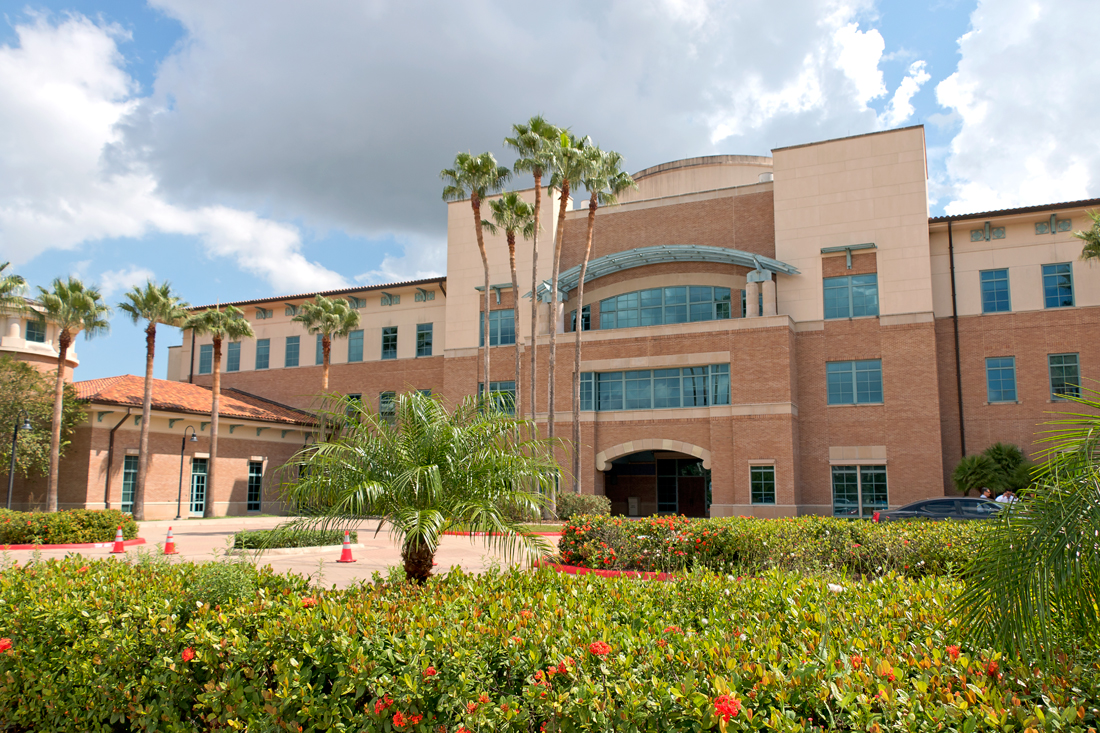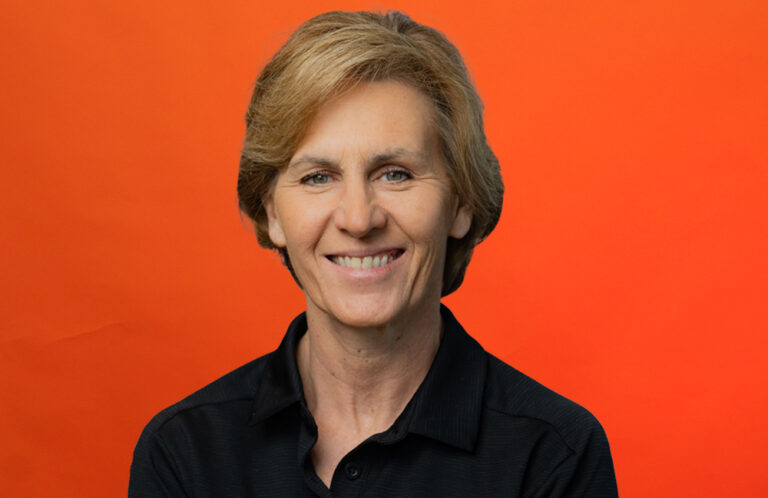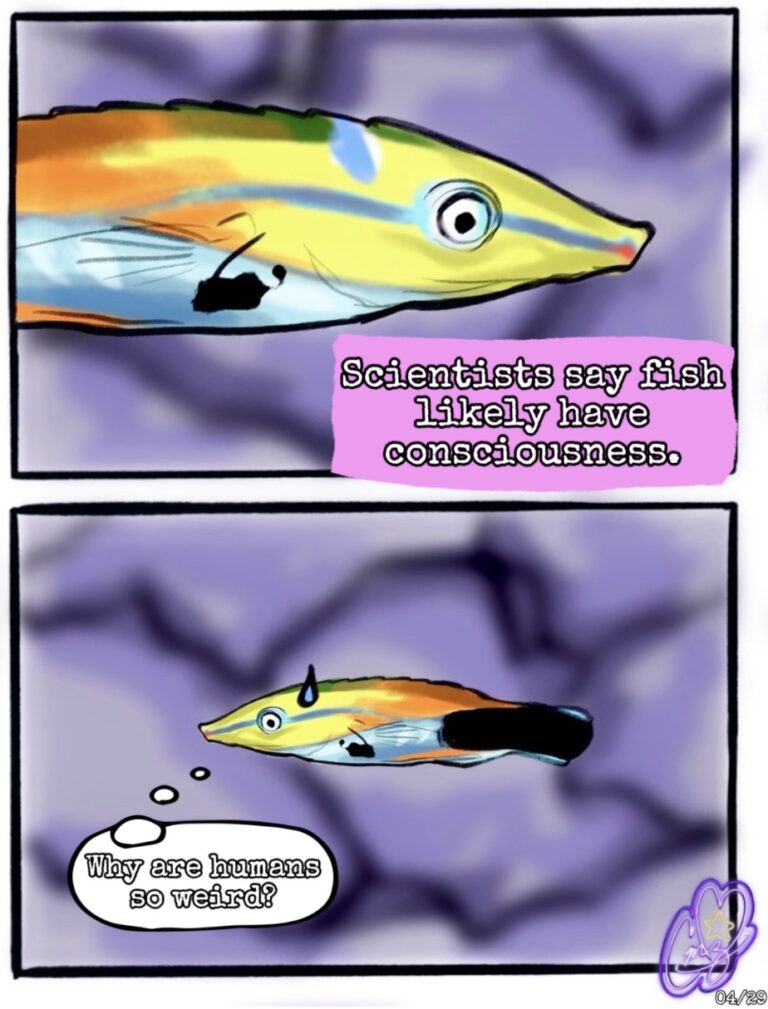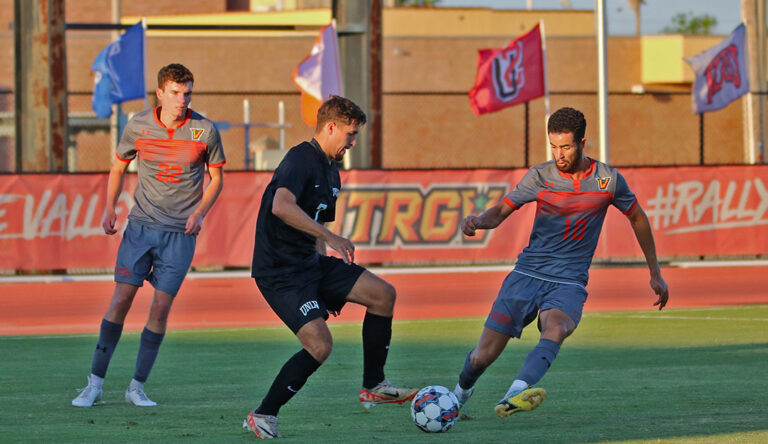February has been a good month for the UTRGV School of Medicine as it received a $15 million grant and matched with 50 prospective students for its second cohort.
Steven Lieberman, interim dean of UTRGV’s School of Medicine, updated the UT System board of regents’ Health Affairs Committee earlier this month on the progress of the medical school.
Lieberman listed the medical school’s accomplishments since the Texas Legislature approved its creation in 2013. The accomplishments listed were:
–founding the South Texas Diabetes and Obesity Institute
–sponsoring, by this summer, seven medical residency programs at five Valley hospitals–Valley Baptist Medical Center in Harlingen, Doctors Hospital at Renaissance, McAllen Medical Center, Valley Baptist Medical Center in Brownsville and Knapp Medical Center.
–receiving preliminary accreditation from the Liaison Committee on Medical Education
–completing its Medical Education Building on the Edinburg campus before welcoming its first cohort of 55 students in June 2016.
On Feb. 3, the Valley Baptist Legacy Foundation gave the university a $15 million grant to establish the UTRGV Institute for Neurosciences, the medical school’s largest gift to date, university officials say.
“The wonderful thing about [the gift] is that this is the biggest gift in the history of the School of Medicine,” said James Mahon, interim executive vice dean for the UTRGV medical school.
Randall Baker, executive director for the Valley Baptist Legacy Foundation, said the new institute will allow students get their specialization without leaving the Valley.
“I think it is fantastic that this program is going to come about,” Baker said. “It is fantastic, first of all, because it’s been a known fact that the Rio Grande Valley has had a shortage of primary care physicians for years and even though this is not a primary care, there’s virtually no specialties offered in the Rio Grande Valley now. Medical students or actual residents who do want to specialize typically have to go outside of the Valley … and this program will allow students to get their specialization right here in the Valley, primarily in Cameron County.”
The new UTRGV Institute for Neurosciences will be housed on the Harlingen campus.
Mahon said it is important to recruit and retain students in the Valley.
“The more residencies you have, the more often you can keep those residents when they are finished with their three- or four-year obligation to keep them in the Valley. That is why it’s critical for recruiting and retaining [students] because we have a shortage of doctors in the Valley,” he said.
Asked if the university will ask for more gifts from other foundations, Mahon replied: “We are trying to [go] out to other foundations, trying to see if we match to some of them. This was sort of the founding gift. In other words, there wasn’t a UTRGV Institute for Neurosciences. … So, now there is.”
Mahon said the school will use the $15 million gift next fiscal year.
“The significant funding from the Legacy Foundation starts [on] Sept.1 … and we really will use the time between now and Sept. 1 to do the ramping and planning, so that when the foundation starts allocating the funding, we will have a very defined plan of how we are going to spend it,” Mahon said.
Gabriel de Erausquin, a UTRGV professor in psychiatry and neurology, said the gift is an opportunity to develop programs with multiple effects on the region.
“On one hand, [the gift] will allow to develop educational programs for doctors in neurology … and to expand what we have for doctors in psychiatry as well as to provide opportunities for training for students in those areas,” Erausquin said. “And on the research side, it will provide very significant funding to start the neuroscience projects that will allow the university to compete for federal funding in line with [the White House BRAIN Initiative] that was started by President Obama in 2015.”
“In addition, the funding will allow us to start very important clinical programs to provide services … that are currently not available, such as evaluation assessment and treatment of patients with early psychotic illness or patients with presence of disabilities such as blindness or deafness. And last but not least, it will allow us to do community engagement and to develop primary care integration initiatives that will allow us to reach the community to provide services and education that are currently not available.”
Mahon said the $15 million gift will fund the UTRGV Institute for Neurosciences for three years.
“This grant is funding us for three years,” he said. “So, what we will be doing is going after money from the University Texas System … and we will be going after federal funding for grants. So, to know the actual budget, it’s going to depend on how successful we are in obtaining other sources of funds. But, we know that we have this [$15 million] grant to launch with. … That is a great base to start from.”
Asked if UTRGV will construct more buildings for the institute, Mahon replied: “At some point, when we need more capacity, we will probably buy … or build a separate structure.”
Mahon said the South Texas Diabetes and Obesity Institute, established in 2014 on the Brownsville campus, was the first institute the UTRGV School of Medicine founded. The new UTRGV Institute for Neurosciences will be the second.
Research from the South Texas Diabetes and Obesity Institute is underway with a focus on diabetes, obesity, heart disease, ocular health, psychiatric disease, osteoporosis and infectious diseases to address health disparities in the region, according to the UTRGV website.
In other news, the medical school has found 50 prospective students for its second class. Of these, 45 are from Texas, including 11 from the Rio Grande Valley. Seven are from Hidalgo County, two are from Cameron County and two are from Starr County.
The UTRGV School of Medicine received 3,950 applications and interviewed 320 students for 50 seats, according to a UTRGV news release. The medical school then ranked applicants for admission.
Applicants also ranked the medical schools to which they applied in order of preference. The rankings from the medical school and applicants were sent to the Texas Medical and Dental Schools Application Service, a centralized application processing service for all first-year medical students applying to public medical, dental and veterinary schools, to be matched, according to a UTRGV news release.
Students have until the first day of orientation, which is scheduled for July 5, to decline the acceptance offer. Because of this, the medical school is not releasing names of the top 50 students with whom it matched.
























+ There are no comments
Add yours